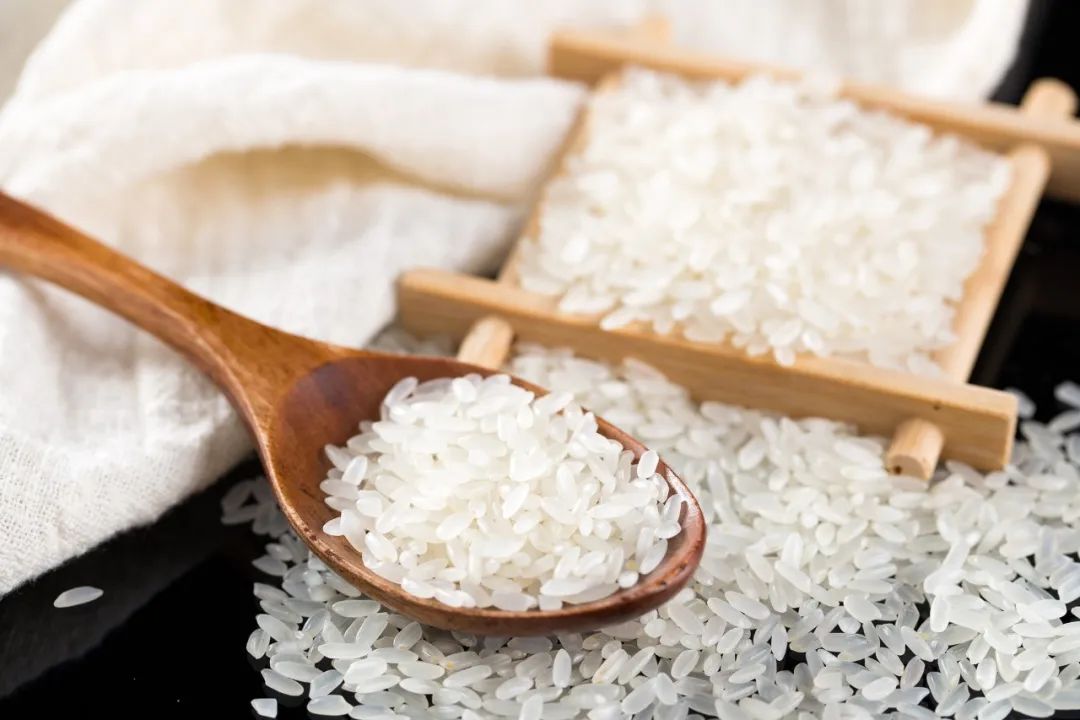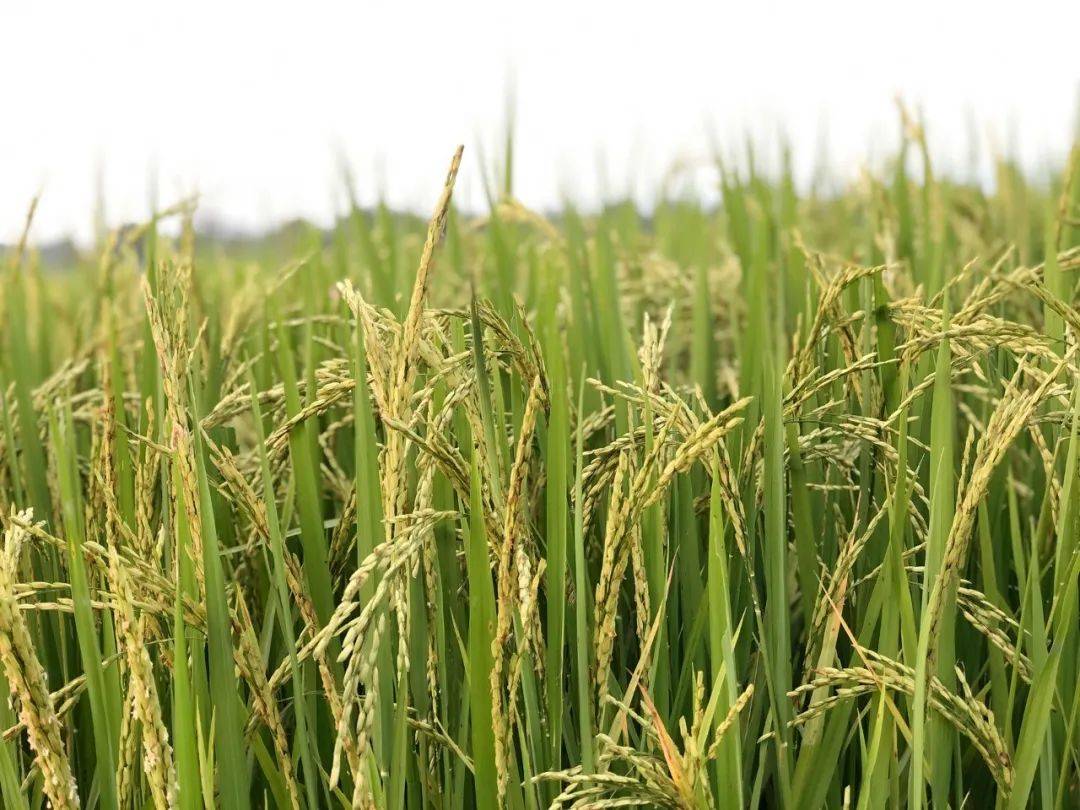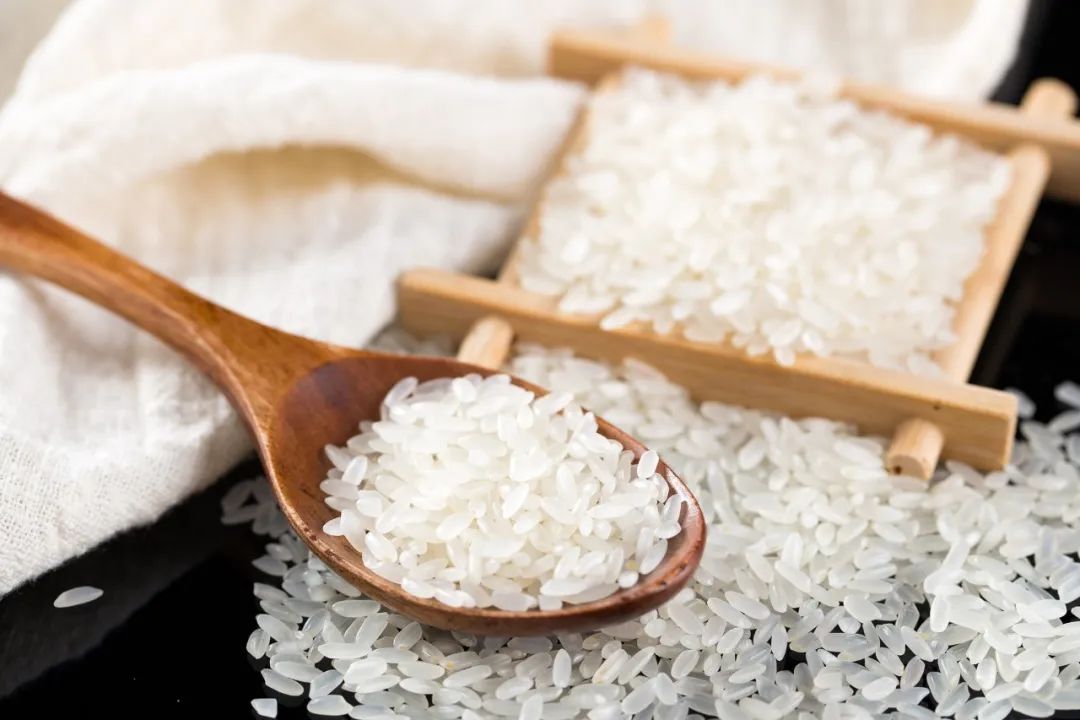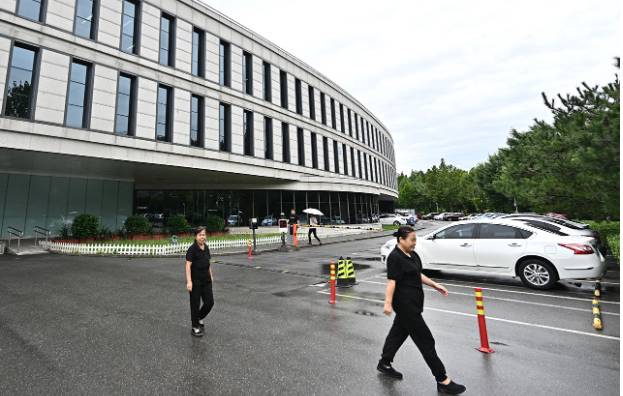Japan's “Rice Shortage”: Multiple Dilemmas Behind the Crisis and the Way Forward
Recently, Japan has been hit by a sudden “rice shortage”. Since July, rice supply has been in short supply in some areas, and now the crisis has spread to more regions, including Tokyo, Osaka, Fukushima, and Hokkaido. In these places, rice is being snapped up in just a few minutes after it hits the shelves, showing a tight supply that exceeds demand.

Source: Images from the Internet, if there is any infringement, please contact the removal of
Overseas Chinese in Osaka, Xiao Mo told reporters about the “rice shortage” brought about by the trouble. Since July, many supermarkets have been out of stock of rice. Although new rice has recently come on the market, alleviating the crisis to a certain extent, the price has doubled, and the high price has deterred people from buying. Mo turned to online shopping, only to be told that Amazon orders would be delivered two months later, in November. In Tokyo's Nakano Ward, residents also reported that while the price of 5 kilograms of rice had previously ranged from 2,000 to 3,000 yen, the price of new rice has risen significantly, to more than 3,500 yen per 5 kilograms.
Comprehensive domestic media and official information in Japan, Japan is in a “rice shortage” for three main reasons. First, the earthquake early warning triggered the people's hoarding craze, too much hoarding behavior seriously affect the market supply of rice. Second, the depreciation of the yen and the surge in overseas tourists visiting Japan have led to a sharp increase in demand for rice. Third, extreme weather such as high temperatures and related agricultural policies have led to supply shortages. Last summer, high temperatures and drought reduced yields in Japan's main rice-producing areas, and the quality of grain was damaged as a result.
Japan has always been a country with a high self-sufficiency rate in rice, and the last time there was a similar “rice shortage” was back in 1999. However, in addition to external factors, this “rice shortage” also reflects Japan's difficulties in social governance. Japan's official data show that in 2023 Japan's food self-sufficiency rate of about 38%, while the single product rice self-sufficiency rate is 100%, but this is in the young people do not like rice, rice consumption continues to decline in the context of measurement, and is not accurate, and is not enough to ensure food security for the Japanese people. According to the latest statistics made public by the Ministry of Agriculture, Forestry and Fisheries of Japan, as of the end of June this year, Japan's rice private stockpile amounted to 1.56 million tons, a decrease of 410,000 tons compared to the same period last year, hitting a record low since 1999, which fully revealed the grim reality of the lack of supply of rice stocks in Japan.
The “rice shortage” can be said to affect the whole body, and once it intensifies, it will have a greater impact on social stability. There are different views on how long the “rice shortage” will last. The latest Consumer Price Index for August released by the Tokyo Metropolitan Government shows that the price of rice has risen by 26.3% compared to the same period last year. It is expected that the number of farmers switching to staple rice will increase in the future, which may be able to alleviate the “rice shortage” problem. However, some analysts point out that Typhoon Shanshan, which struck at a critical time in Japan's new rice harvest, not only delayed the harvesting process, but also had the potential to cause devastation to rice paddies. If the new rice can not be marketed on schedule, the rice shortage caused by the commotion will continue for a long time. This “rice shortage” has not only brought a lot of inconvenience to the life of the Japanese people, but has also sounded the alarm for food security in Japanese society, prompting people to think deeply about how to better cope with similar crises and ensure the stability of the country's food supply.

Source: Images from the Internet, if there is any infringement, please contact the removal of
Japan's “rice shortage” may bring many aspects of the impact:
1. Impact on people's lives:
Disruption of daily diet: Rice is one of the staple foods of the Japanese people, and the “rice shortage” will have a direct impact on the daily diet of the residents. Many families may not be able to purchase enough rice as usual and will have to look for other alternative foods, such as increased consumption of pasta, bread, etc., and change long-standing eating habits.
Rising cost of living: A shortage of rice supply can drive prices up sharply and increase residents' expenditures on rice. And due to the basic status of rice in food consumption, its price increase may also drive the price of other related food products to rise, such as processed foods made from rice, which in turn will increase the overall cost of living for residents.
Triggering public concern and panic: Food shortages tend to make the public feel worried and uneasy, especially if the government's response is untimely or inadequate, and such panic may spread, affecting the stability of the society. Some people may further rush to buy and hoard rice, exacerbating the supply shortage.
2. Impact on the economic sector:
Agriculture and related industries suffer:
Reduction of farmers' income: The “rice shortage” may result in the income of rice farmers being affected. On the one hand, farmers' income from the sale of rice will be reduced due to the decline in production or restricted sales; on the other hand, in response to the “rice shortage”, the government may adjust its agricultural policies, such as restricting the export of rice and encouraging the increase of planting area, which may disrupt the production plans of farmers, increase the uncertainty of production, and affect the expectation of future income. .
The development of related industries is limited: rice production, processing, transportation and sales constitute a huge industrial chain. A “rice shortage” will cause the relevant enterprises in the industry chain to face the problem of insufficient supply of raw materials, resulting in a reduction in the scale of production, a decline in business volume, and even the possible closure of some enterprises due to their inability to maintain operations. For example, rice processing plants may stop working due to shortage of raw materials, rice transportation enterprises may see their business volume reduced, and rice sellers may see their profits fall.
Catering industry impact: The catering industry has a high demand for rice, and a “rice shortage” will lead to higher raw material costs and increased operating pressure on catering enterprises. Some small catering enterprises may be difficult to bear the pressure of rising costs, and have to raise the price of dishes, which may affect the willingness of consumers to dine, leading to a decrease in customer traffic. In addition, some catering enterprises featuring rice may be forced to adjust their dishes due to the inability to secure the supply of rice, affecting their brand image and market competitiveness.
Tourism development is affected: Japan is a major tourist country, and foreign tourists are also highly interested in Japan's food culture. However, the “rice shortage” may affect tourists' travel experience, and some tourists may be less satisfied with traveling to Japan because they cannot taste authentic Japanese rice. In the long run, this may affect the development of Japan's tourism industry and reduce the number of foreign tourists visiting the country.
3. Impact on social stability:
Challenges to social order: When there are problems with the supply of basic necessities, it is easy to trigger social conflicts and clashes. The “rice shortage” may lead to snatching and hoarding in some areas, and may even trigger illegal and illicit behaviors such as price gouging and black market trading, disrupting the normal market order. If the government fails to address these problems in a timely and effective manner, it may trigger public discontent and protests, affecting social stability.
Damage to the government's credibility: The public has high expectations of the government's ability to secure food supplies and respond to crises. If the Japanese government fails to respond adequately to the “rice shortage” issue, and fails to take timely and effective measures to alleviate the supply shortages and price increases, it will result in the government's credibility being undermined and the public's trust in the government diminishing.
4. Impact on the international market:
Impact on Japan's rice import and export pattern: In the case of “rice shortage”, Japan may adjust its rice import and export policy. On the one hand, in order to meet the needs of the domestic market, it may reduce the amount of rice exported, and may even consider importing rice, which will break the situation of Japan's long-standing self-sufficiency in rice, and will have a certain impact on the supply and demand relationship in the international rice market; on the other hand, the adjustment of Japan's rice import and export policy may trigger the concern and worry of other countries about Japan's food policy, and affect Japan's international position and reputation in the food market.
Certain fluctuations in international food prices: As an important economy, changes in Japan's food market may have a certain impact on international food prices. If Japan increases its purchase of rice from the international market due to the “rice shortage”, it may push up the international rice price to a certain extent; conversely, if Japan reduces its rice export volume, it may exert certain pressure on the supply of the international rice market, which will in turn affect the price trend.
-------- END --------






